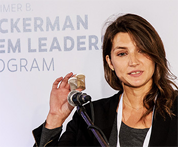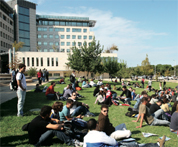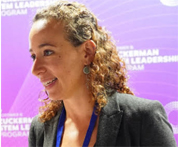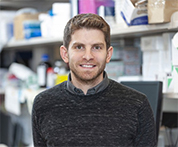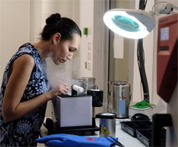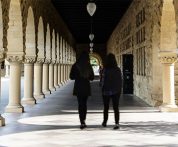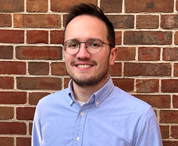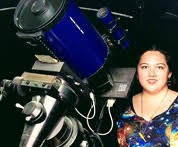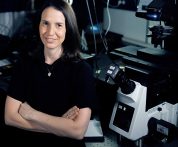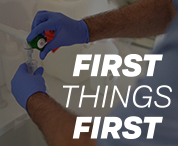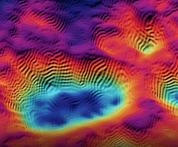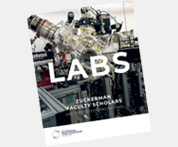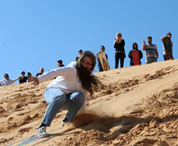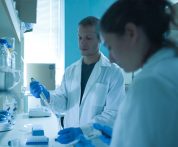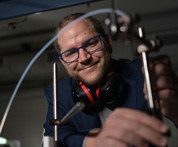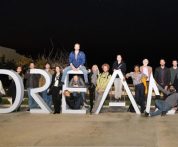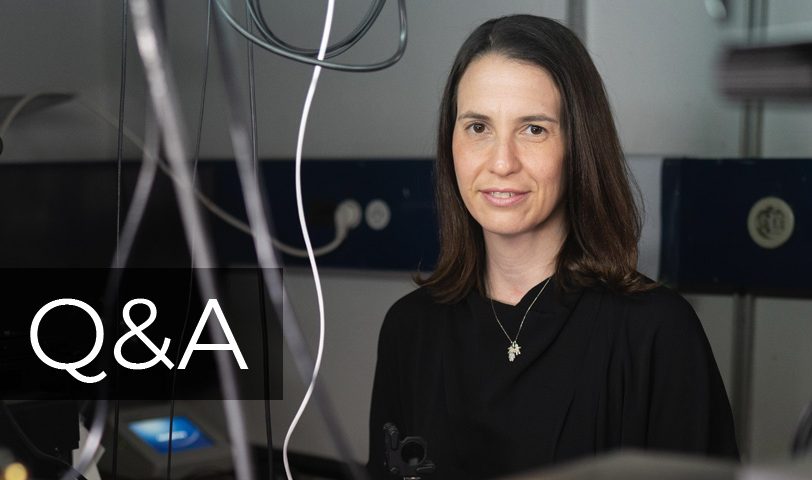Dr. Gili Bisker is a Senior Lecturer at Tel Aviv University’s Department of Biomedical Engineering. She is also affiliated with TAU’s Center for Physics and Chemistry of Living Systems, Center for Nanoscience and Nanotechnology and Center for Light Matter Interaction. Dr. Bisker’s lab develops optical nano-sensors using optically active nanoparticles to analyze living systems, which can provide both spatial and temporal information about biomolecular targets at the nanoscale.
With interests that cross the fields of physics, life sciences, and nanotechnology engineering, Dr. Bisker works on health-related technologies and applications. Specifically, her lab develops optical nano-sensors for biomarkers and enzymatic activity using fluorescent nanomaterials, aiming for real-time detection of target analytes with high specificity and selectivity. Her tools can enable long-term monitoring and imaging of biological samples, and open new opportunities for diagnostics and treatment.
Dr. Bisker was a postdoctoral fellow at the Chemical Engineering Department of MIT and continued as a Research Scientist in the MIT Physics of Living Systems group. She has completed her undergraduate, masters, and PhD studies at the Technion – Israel Institute of Technology, and she is a graduate of the Technion Excellence Program.
Please describe your current research, the focus of your lab, and the practical implications of your research
The signals we rely on are optical. When we shine light on our nanoparticles – single-walled carbon nanotubes – they emit light, or fluorescence. We functionalize them with polymers we design and engineer in the lab, in a way they respond to the target, and the fluorescence emission changes. This change in the emitted light can be manifested in an intensity modulation, or in a change of color. All I need to detect the interaction is a camera or a detector. The detector doesn’t have to touch the nanosensor itself – it picks up the signal remotely. Further, the light signals are not within the visible range but rather in the near-infrared, meaning, we cannot see them with our eyes and we need specialized cameras to detect the fluorescence light. The advantage is that can see deeper into the biological samples with less background noise interference
Single-walled carbon nanotubes are cylinders made of carbon atoms. We design the coating of the nanotubes that control their interaction with the target molecules. We use the nanoparticle sensors to study living systems like cells, and track molecules of interest. For example, we made an optical reporter for important enzymes we can monitor in real-time. When the enzyme acts on the nanotube it changes the fluorescence signal helping us to track its activity. We can target a molecule in a plant’s leaf and see how small molecules in the water affects it to identify contaminants in the soil, and we have made a sensor for the protein fibrinogen, the building blocks of blood clots, aiming to track the clotting process. Also, we can detect insulin molecules that are secreted by pancreatic beta-cells in order to assess their function, which can be helpful for diabetes research. All the functionalization of the nanotubes is done in our lab in order for them to respond, to the molecules are interested in.

What do you enjoy most about your research?
I enjoy the combination and ability to talk across the board to anyone in any science discipline because I can speak the language. I have the experimental tools in a sophisticated optics lab and am able to do a deep dive into theoretical studies as well. I also enjoy the students here. I find them to be mature and highly motivated – they are ready to get going. It’s a very fruitful work environment.
What does it mean to you to be part of the Zuckerman Faculty Scholars Program?
I’m grateful for the Zuckerman program – it feels like a family. The program helped me gain new friends from other institutions and other faculties. I’m looking to recruit a postdoc from the US and the collaboration and support of the Zuckerman Institute gives more strength to Israeli academia. Also, returning to Israel after spending time in the US, we can see that the infrastructure we need is here. For example, if I need specific instruments, I can go to collogues, or shared facilities on campus, or to other institutions in Israel, because we all work together.
What inspired you to pursue this area of research?
I have an unusual background. I studied math and physics as an undergraduate, physics as a masters student, and as a PhD, I joined the nanoscience and nanotechnology program, and had to take additional classes in chemistry and biology. This gave me a broader picture of science, and I fell in love with the combination. I can take math, physics, and engineering and apply them to the biomedical field. I got the inspiration to pursue optical nano sensors as a postdoc in the MIT Chemical Engineering Department. Subsequently, as a research scientist in the MIT Physics Department, I specialized in non – equilibrium physics and now I can use theoretical physics tools with optical probes, adding another layer of analysis. At MIT, the Physics of Living Systems Group gave me the perspective of looking at biological systems and complex physical systems.
Where do you hope your research will have the greatest impact?
I am conducting multi-disciplinary research and would like to have an impact on bringing several disciplines together to study closely. Nanotechnology and biophysics are booming here in Israel. If we continue to bring more of the brightest minds to Israel it will keep exploding and become a center for the world.
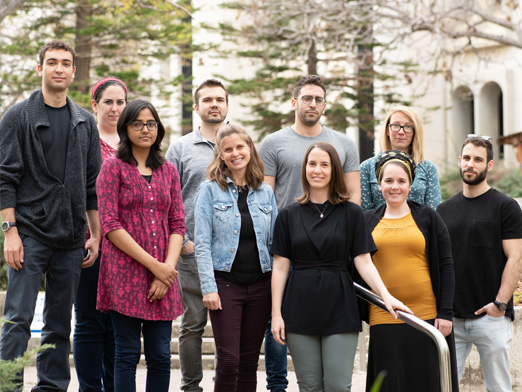
 ISRAELI COUNCIL FOR HIGHER EDUCATION
ISRAELI COUNCIL FOR HIGHER EDUCATION MIT-Israel Zuckerman STEM Fund for Faculty Collaboration
MIT-Israel Zuckerman STEM Fund for Faculty Collaboration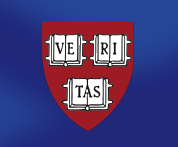 The Zuckerman Travel and Research STEM Fund at Harvard
The Zuckerman Travel and Research STEM Fund at Harvard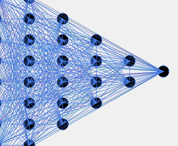 Zuckerman AI Fund at Technion
Zuckerman AI Fund at Technion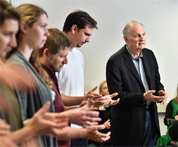 Alan Alda Communicating Science
Alan Alda Communicating Science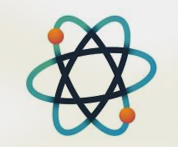 Zuckerman Institute – ScienceAbroad
Zuckerman Institute – ScienceAbroad Zuckerman Institute – America-Israel Friendship League partnership
Zuckerman Institute – America-Israel Friendship League partnership
